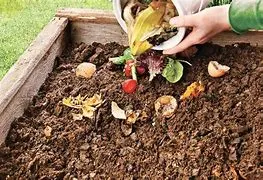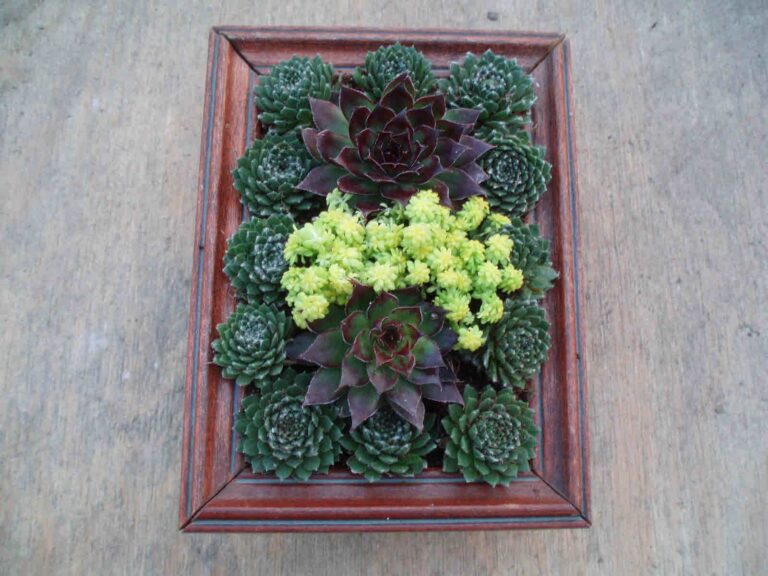Gardens Make Easy Indoor Relaxation
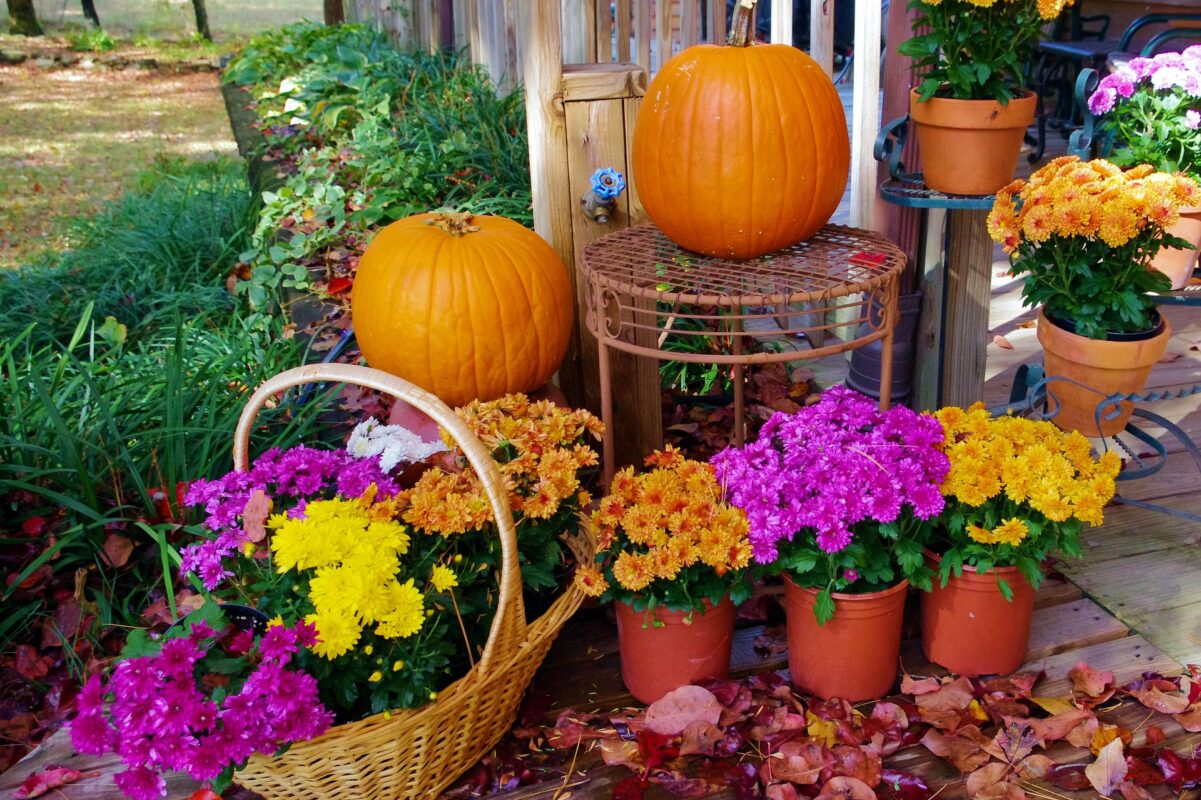
Gardens make easy indoor relaxation with thoughtful placement. When you think of the garden as a healer, it conjures thoughts of a sanctuary. The word for ‘paradise’ comes from the Persian word for a garden. It is representative of ‘paradise on earth. Our opportunity to own a little bit of heaven – here and now. It has a restorative significance as a relaxing healer when we understand that gardens provide us with a place of sanctuary and well-being.
6 Tips to Make Your Relaxation Garden
The garden has the potential to provide a place of refuge from stress. As opposed to a pandemic, it offers “the healthy lifestyle epidemic of the 21st century” according to The World Health Organization. Medical doctors suggest that stress, resulting in illness, increases health risk factors by 70%. The ability of the garden to provide this place of healing and peace becomes crucial. Many people succumb to this dis-ease of ‘modern-day life. If you want to supplement your nutrition as well as create a soul nurturing space follow these 6 tips:
1. Pick your plants based on available space. Some fruits and vegetables require too much space to grow. Corn, okra, and indeterminate tomatoes can reach over 6 feet in height. Select dwarf varieties of peppers and other vegetables, determinate tomatoes (bush-type), herbs, and low-growing fruits, such as strawberries and figs.
2. Choose the right pot. The pots for an indoor relaxation garden should be large enough to offer the roots lots of room to grow. Leafy plants such as lettuce, spinach, and kale need at least 5 inches of soil depth for root development. Peas, beans, cucumbers, peppers, and other small bush or vine plants need a soil depth of at least 7 inches. Root crops such as beets, carrots, turnips, and potatoes need more room to develop. Select a container that will accommodate a soil depth of 12 inches.
3. Get the soil right. Microscopic pests and diseases live in the soil from outside and could end up damaging your plants. Regular dirt also tends to become compacted, which makes it difficult for a plant’s roots to develop. Instead use a lightweight, sterile commercial potting mix, such as Burpee Organic Potting Mix. A potting mix won’t compact, so plant roots can grow deep and strong.
4. Get the light right. Vegetables need at least six hours of direct sunlight daily. A south-facing room with a big window is a good choice. If you don’t have a sunny window, you’ll need another strong source of light. There are several options such as the VIPARSPECTRA Pro Grow Light. You also can use a reflective grow tent. The GIANTEX Grow Tent (also available on Amazon) reflects the light from your grow light and maximizes its benefit.

Gardenix Decor Self-Watering Planters
5. Water consistently. Fruits and vegetables like soil that is damp but not soggy. When roots are continually wet and then dry, it stunts root development. It also increases the risk of blossoms dropping off before the vegetables can develop. Check the soil daily by pressing a finger on the top—it should feel springy and slightly damp. If it’s dry, it’s time to water. Alternately, you can move self-watering pots into your relaxation garden. The best is GARDENIX DÉCOR Self-Watering Planters that come with reservoirs. You fill only every seven to 10 days. The pots will dispense just enough water to keep the soil consistently damp. You won’t have to worry about watering too much or too little.
6. Fertilize and Feed Your Babies. Because they’re growing in a soilless mix, garden plants depend on supplements. These provide the nutrients they need to grow and to produce a bountiful harvest. Choose a fertilizer designed specifically for fruits and vegetables. One of the best is Miracle Gro’s Shake ‘n Feed Plant Food, Read and follow the directions on the label. You should apply some fertilizers every two weeks. But, a time-release fertilizer, like Shake ‘n Feed, only needs to be applied once every three months.
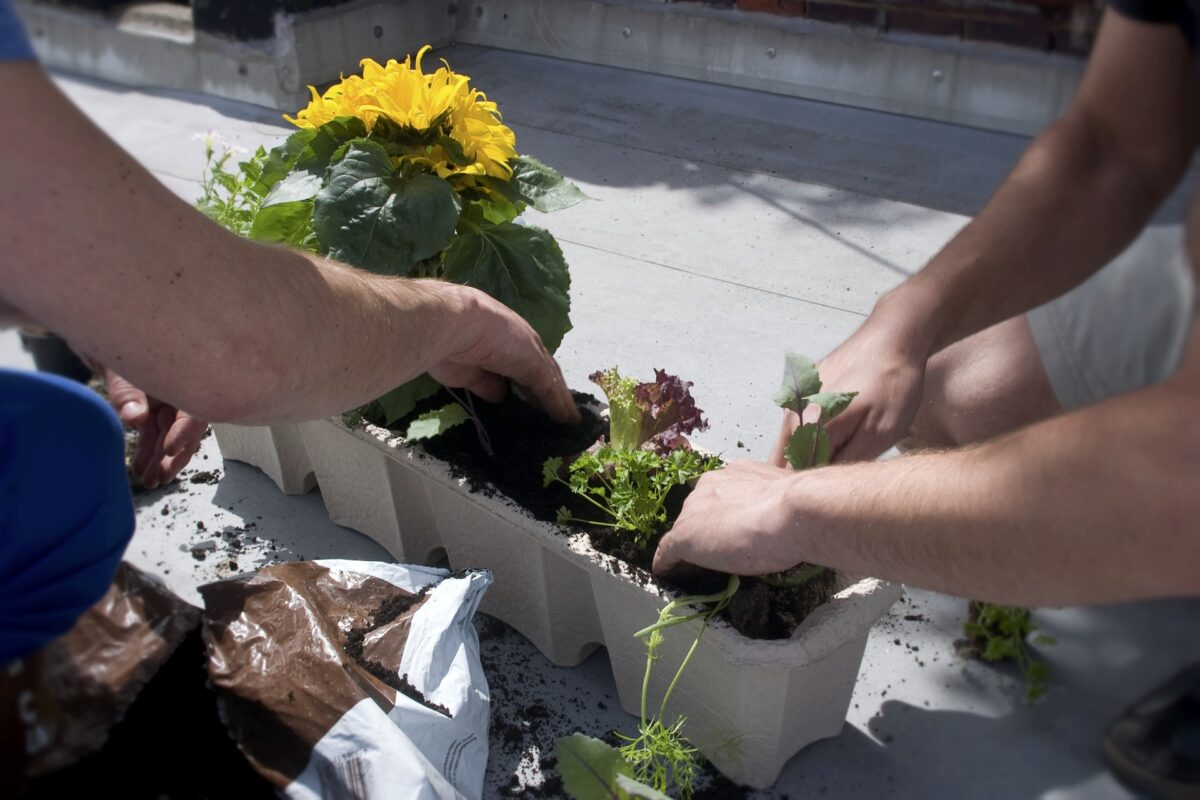
An indoor relaxation garden can be a few pots on a windowsill or a lush garden room. Plants add a dimension to your home that literally charges it with positive energy and adds life. There is something about caring for plants and tending to them whether watering, re-potting, or touching the leaves. It re-connects us on a deep healing level with an overwhelming sense of awe. This miracle of life of which we are an integral part. We plant the seed or see the cyclical nature of the gardens we nurture. Time stands still. We bask in the knowledge of our relationship to the earth, and to the spiritual aspect of ourselves.
Things to Think about When Creating Any Indoor Garden
1. Purpose – what do you want to achieve? Healing, meditation, growing herbs or vegetables for cooking, or a project with the children?
2. Space – how much space is available – a living room, corner of the bedroom, windowsill?
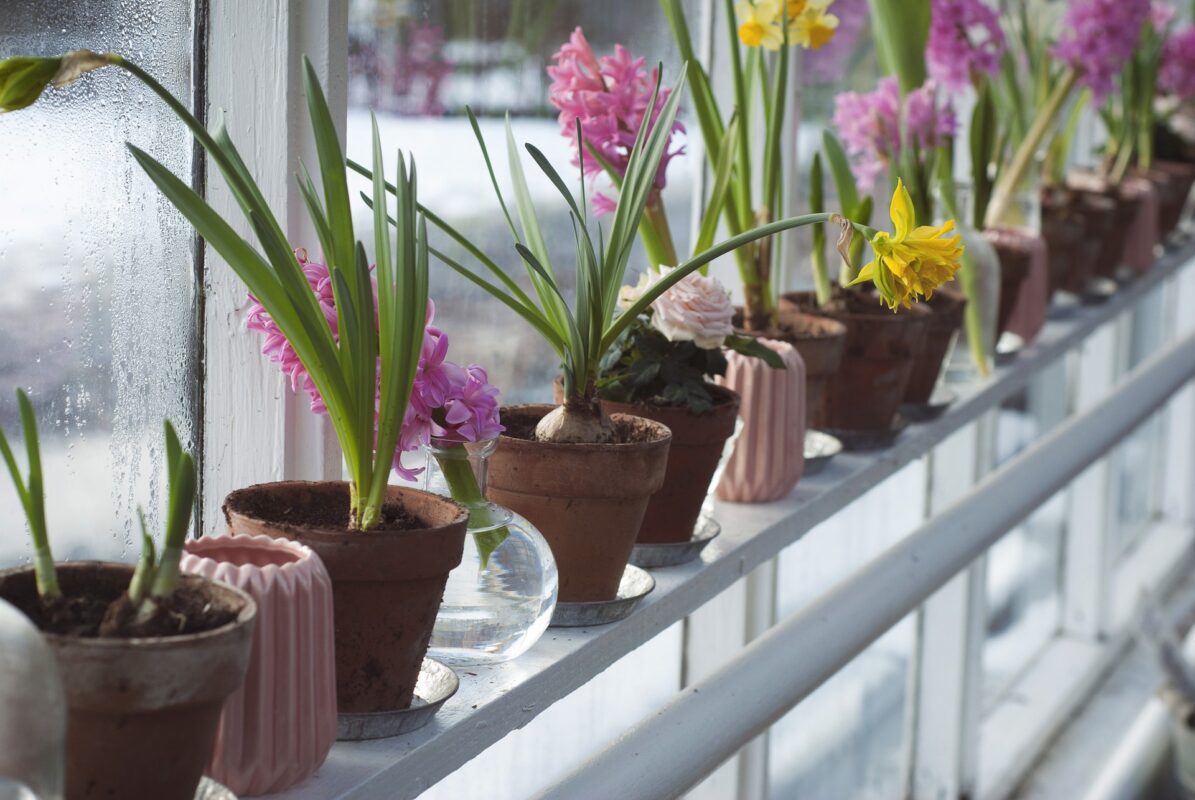
3. Seating – is there room in your space for a seating area?
4. Characteristics – create specific types of gardens, such as a collection of Ficus, orchids, herbs, veggies, or ferns.
5. Features – include water features such as fountains, art, sentimental objects, wind chimes, aroma and/or color therapy, candles, and /or music.
6. Location – is the location conducive to gardening indoors?
7. Light – is the light adequate or will you need artificial lights?
8. Plants – what plants will you grow?
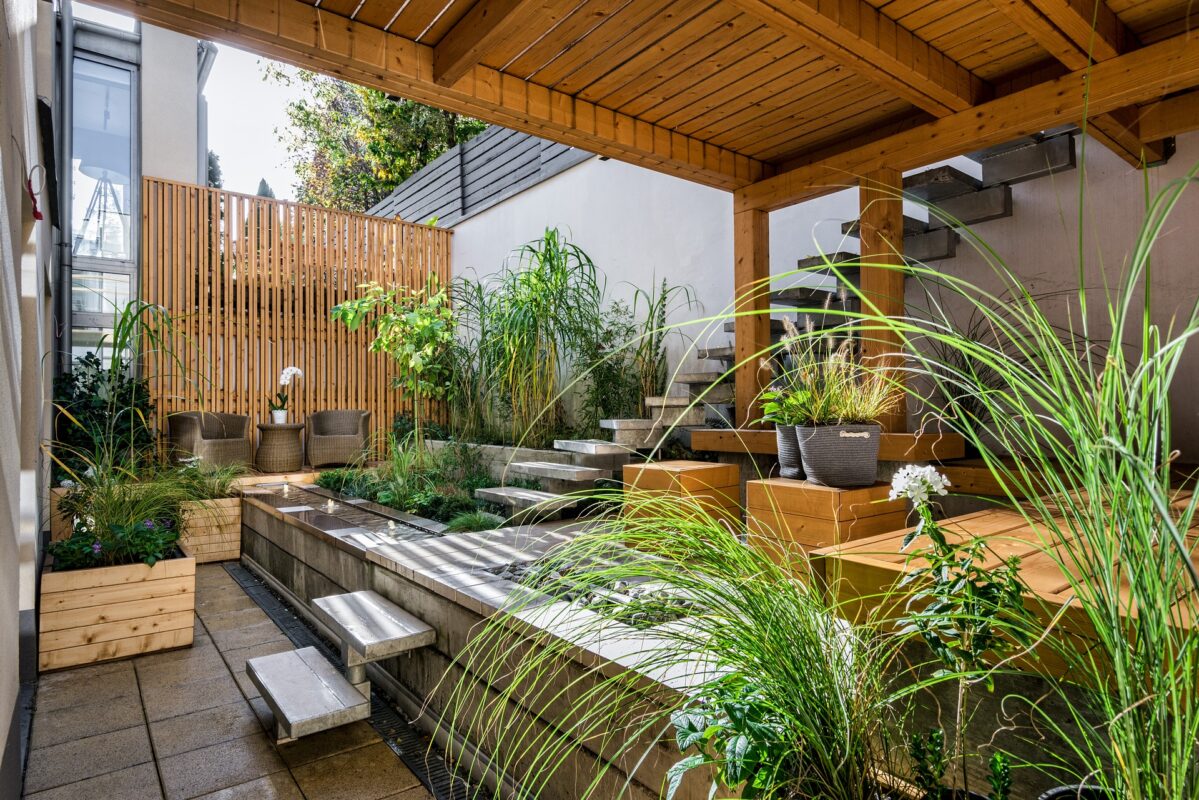
The Relaxation Garden as Healer
Indoor gardens can include anything from a tabletop garden, herb garden, healing garden, meditation garden, container garden, or water garden. Thomas Moore wrote, “We may have to learn again the mystery of the garden. How its external characteristics model the heart itself, and how the soul is a garden enclosed, our own perpetual paradise where we can be refreshed and restored.” In other words, the indoor garden can provide a place of sanctuary. We can take a moment and reconnect with our own sacredness.
Do you have your own indoor garden space or do you plan to create a relaxation garden? Leave a message or comment below.
